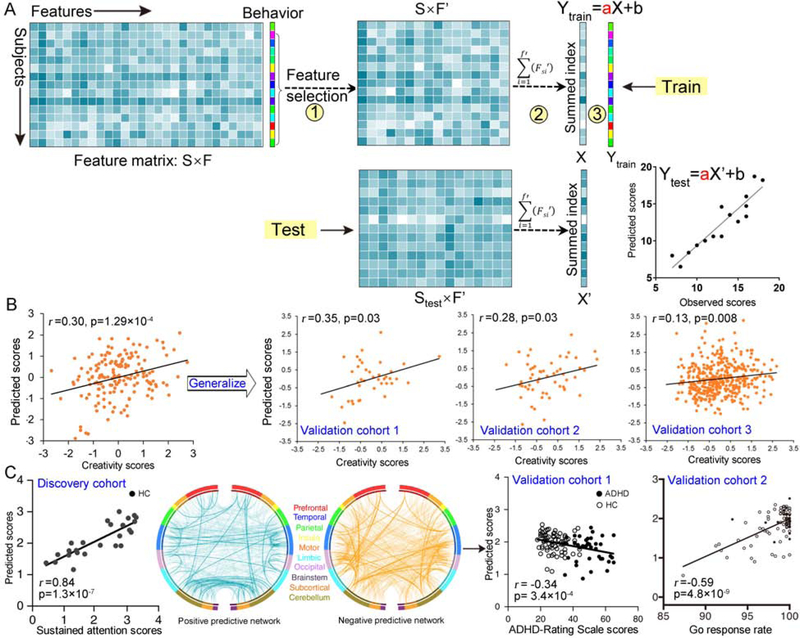Figure 3. Overview of the connectome-based predictive modeling (CPM) framework and its applications in behavior prediction.
(A) Overview of general analysis strategy for CPM procedure. Specifically, CPM is performed first by calculating the relevance of each connectivity feature to behavioral measure of interest across subjects and retaining the most significantly correlated ones under a predefined threshold. And then, a single aggregate metric named ‘network strength’ is computed by summing strength of the retained connectivity features. Afterwards, the summary statistics and behavioral scores are submitted to a simple linear regression model. By placing the procedure within a cross-validation framework, accurate estimations of behavioral scores can be obtained. (B) Beaty et al. accomplished robust prediction of individual creative ability using FCs acquired from 163 participants engaged in a classic divergent thinking task, and assessed the generalizability in three external cohorts (n=39, 54, and 405). (C) Rosenberg et al. accomplished robust prediction of sustained attention using CPM in a sample of 25 healthy subjects, and the identified neuromarkers were generalized to predict a clinical measure for patients with ADHD (validation cohort 1, n=113) and individuals’ go response rate in a stop-signal task (validation cohort 2, n=83). (Adapted from ref. (48), and (20, 36)).

